Before we get too carried away with the famous fact that Princess Diana had an Audi Cabriolet, it’s worth noting that it was a dealer loan car. Even so, you would think her tenuous connection with the elegant Audi would be enough to secure it a place at today’s table of rising modern classics, but – happily for us – not so.
If you’re looking for a classy bargain, then, you’ve just found it. Prices start at about £1000 for project cars, but just £4000 buys you a tidy example and £8000 the very best.
Click here to buy your next used car from Autocar
Why so? It’s hard to say, especially since the model has so much going for it. It looks super-cool, with its elegant roof-down lines unspoiled by the presence of a roll-over bar (the strengthened windscreen does the job instead). It’s built like a battleship, having a galvanised body that laughs in the face of corrosion and a hood that chortles at the worst weather.
There’s a choice of strong and reliable four-cylinder 1.8-litre 20v and 2.0-litre 8v engines, a short-lived 2.3-litre five-pot and two V6s (a 2.6-litre and a 2.8-litre), all driving the front wheels (there was no Quattro version) through a five-speed manual or four-speed automatic gearbox. They’re all fuel-injected, too, with power outputs ranging from 115bhp (2.0) to 174bhp (2.8). The pick of the lineup, the rare 2.3, produces 133bhp.
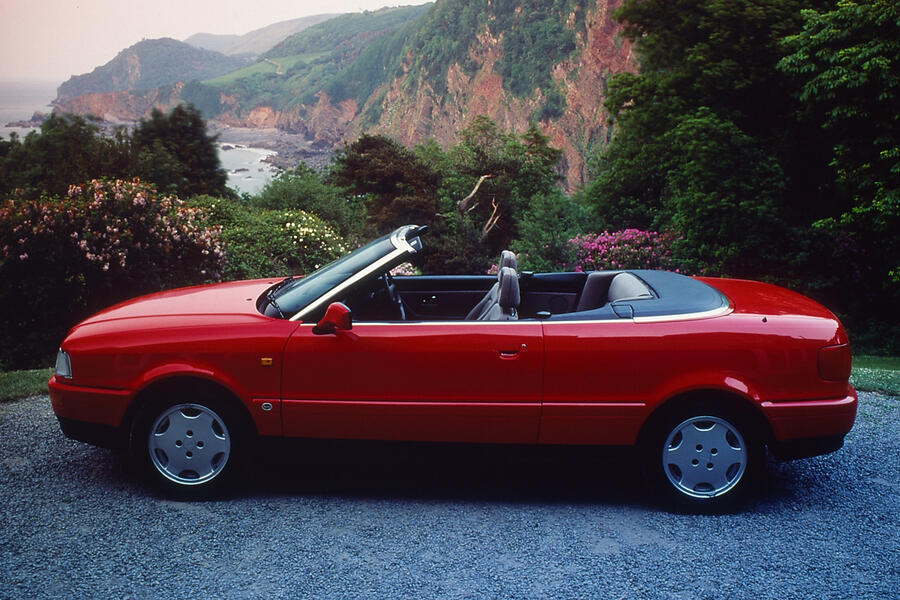
Downsides? Without question, the model lacks the sporty character and image of the equivalent E36 BMW 3 Series Cabriolet and the engines are a little lifeless, although the 2.3 sounds good and pulls strongly. Owing to its solid build quality and additional body strengthening, it’s a heavy car and not the sharpest through corners. It also suffers that old soft-top curse of scuttle shake. Still, you could argue that most of these problems are subjective.
The Cabriolet was launched in 1991, based on the B3 Audi 80 that first appeared in 1986. This platform was superseded in 1992 by the longer B4 that underpinned the facelifted 80 and then in 1994 by the all-new B5 platform for the Audi A4. The point is that the Cabriolet soldiered on throughout with its old B3 platform until its retirement in 2000, the reason a simple issue of economics, since a convertible is more expensive to engineer than a conventional car yet sells in lower numbers.
It may have been overtaken by newer Audis under the skin, but no matter, because outwardly the Cabriolet remained a looker until its dying day. It took its updated bonnet and rear lights from the stylish B3- generation S2 coupé, with which it also shared its sports suspension.


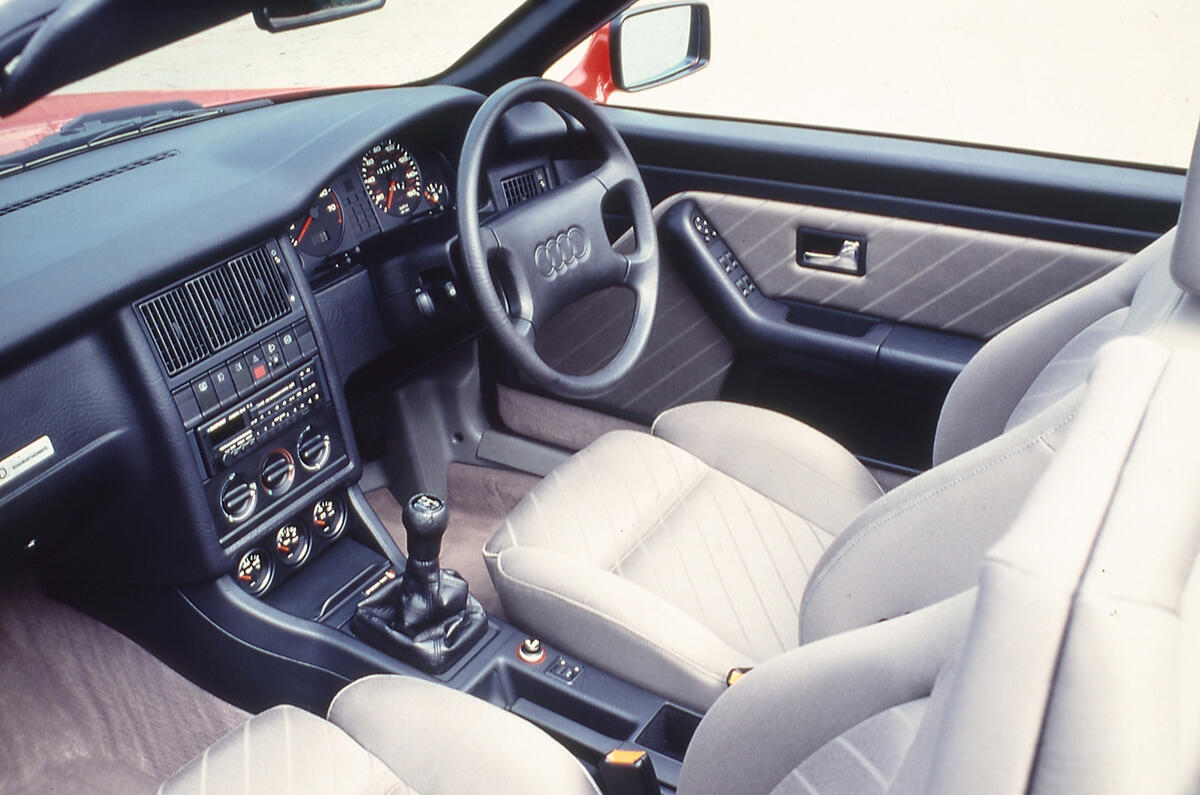
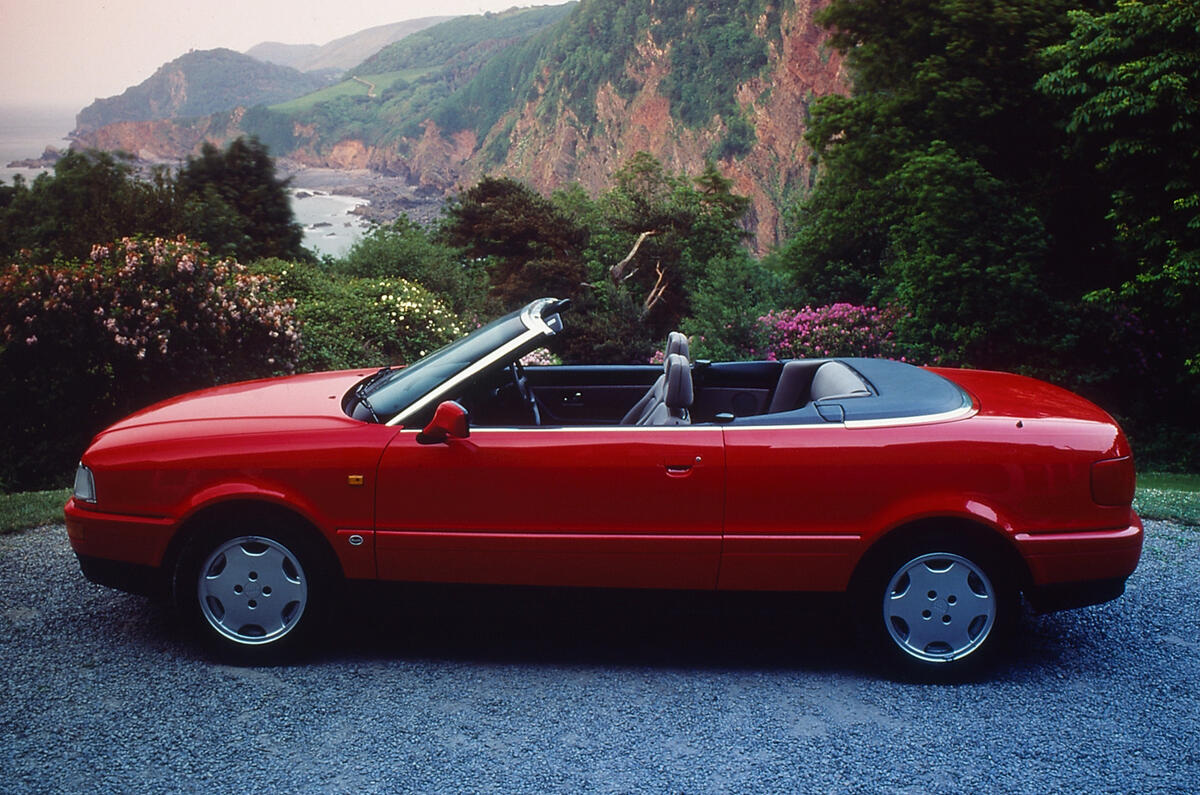
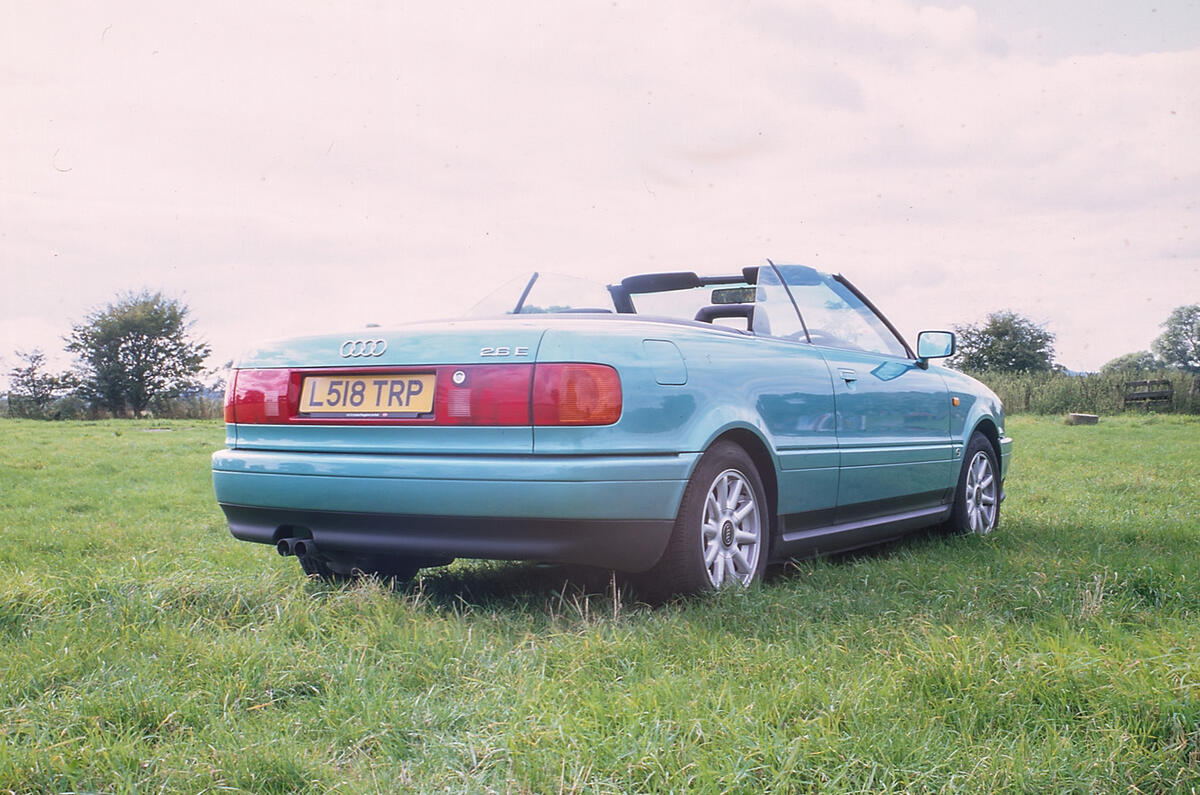
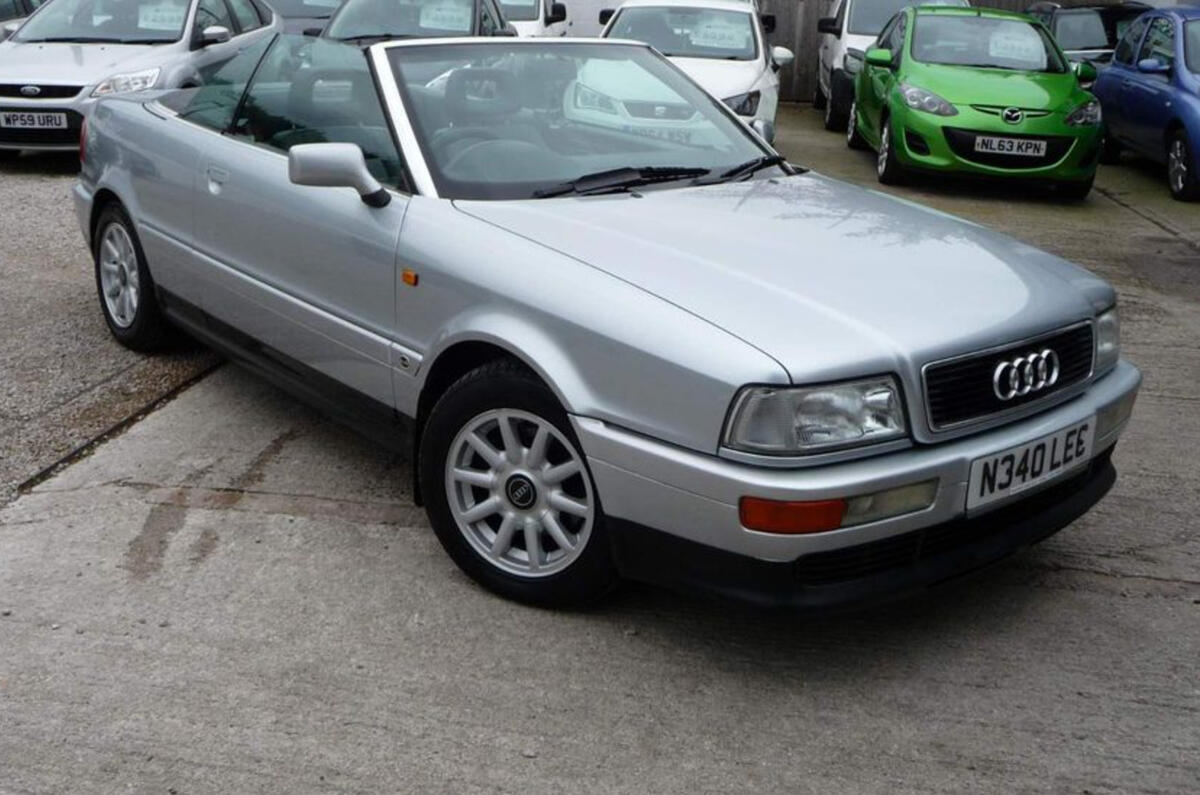

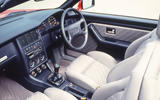

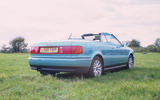
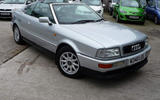

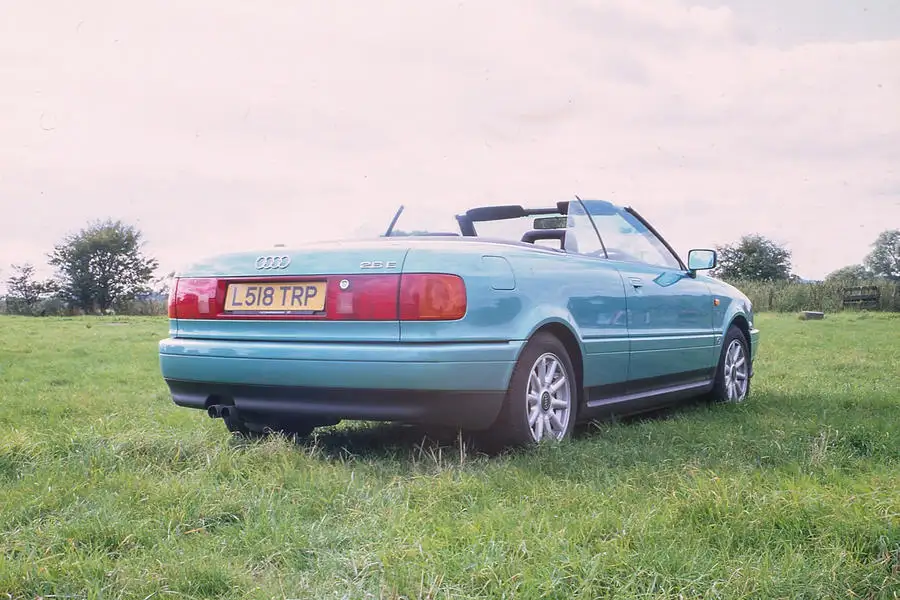
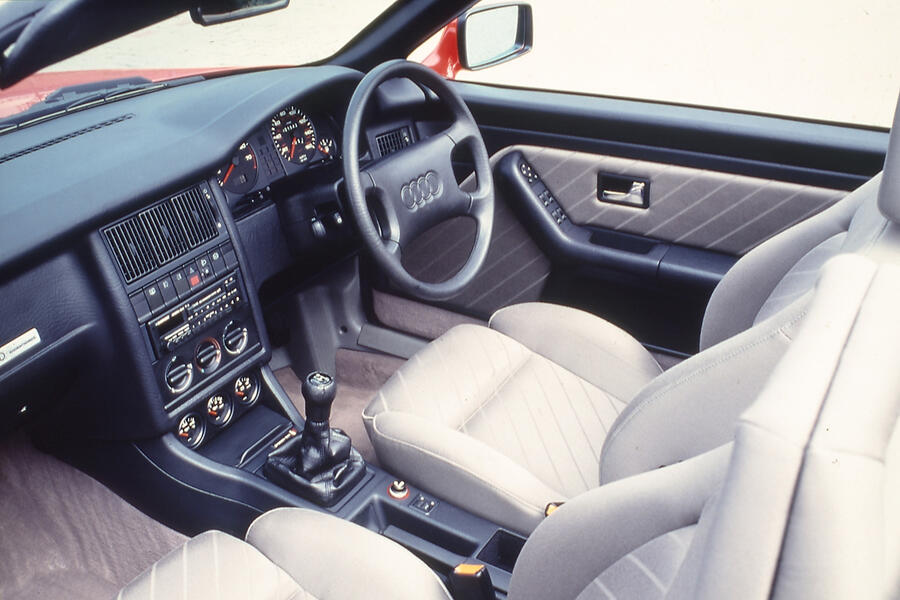
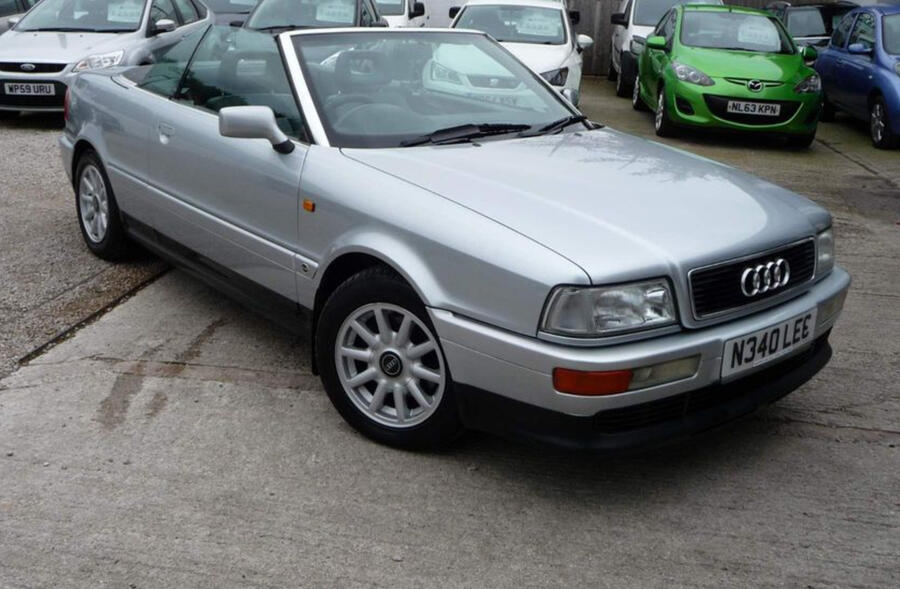

Join the debate
Add your comment
This generation of Audi convertible was very dull to drive, prone to shake, rattle and roll and not all that well built. In road tests it came a lowly third against the contemporary versions of the Saab 9-3 and the BMW 3 series.
It was only with the later (2002 onward) version that corrected its loose chassis, wheezy engines and comparatively poor build quality that it started to compete and even match up with these competitors. So, although it didn't look quite as stylish roof down, that is the version I would be looking to buy now. It drove fairly well for an Audi, felt as if it was built from properly sterngthened galvanised steel (which it was), and had a much more stylish interior with uprated six cylinder engines particularly the 3.0 which, although it had a CVT box, was pretty lively and suited the convertible well.
This car comes from the era when Audis were the epitome of elegance. It was downhill soon after that.......
Agreed. The last great looking Audi was the original TT, the last innovative design was the A2, IMO